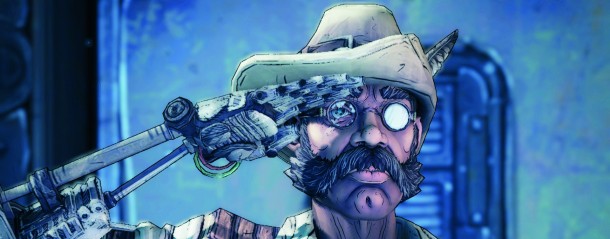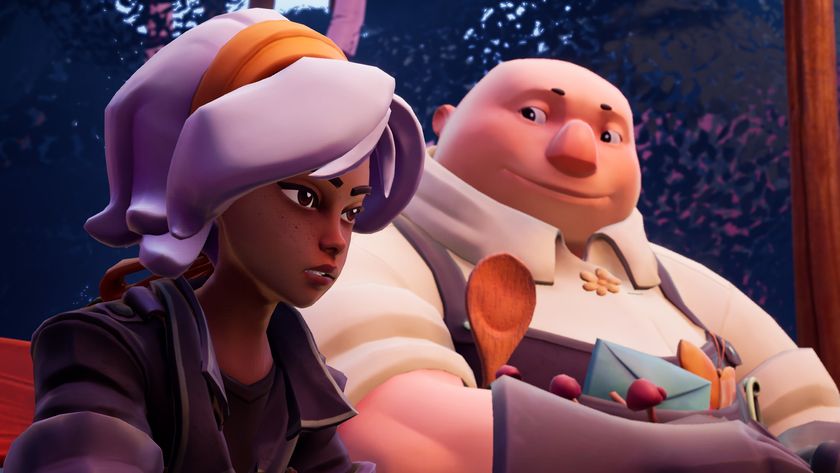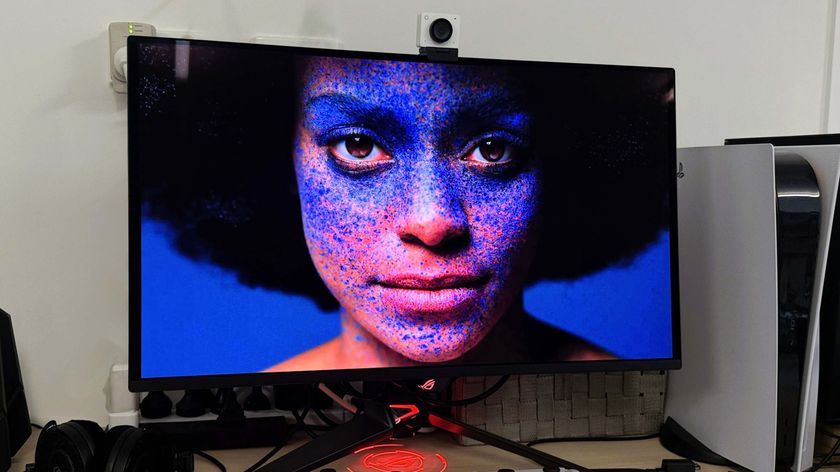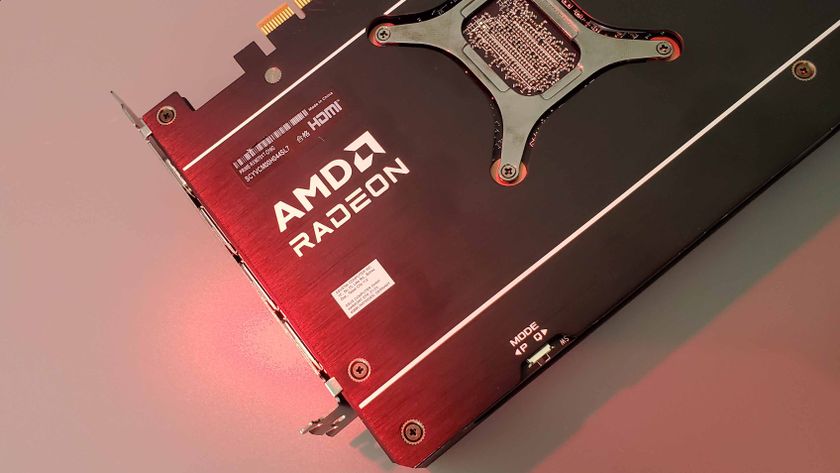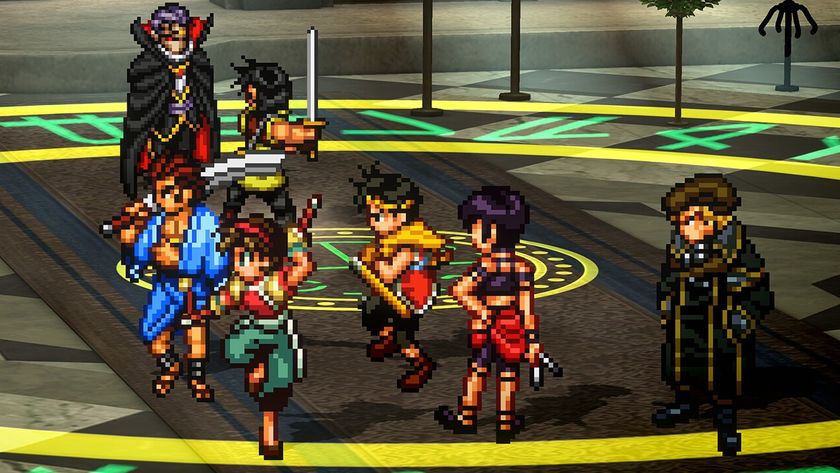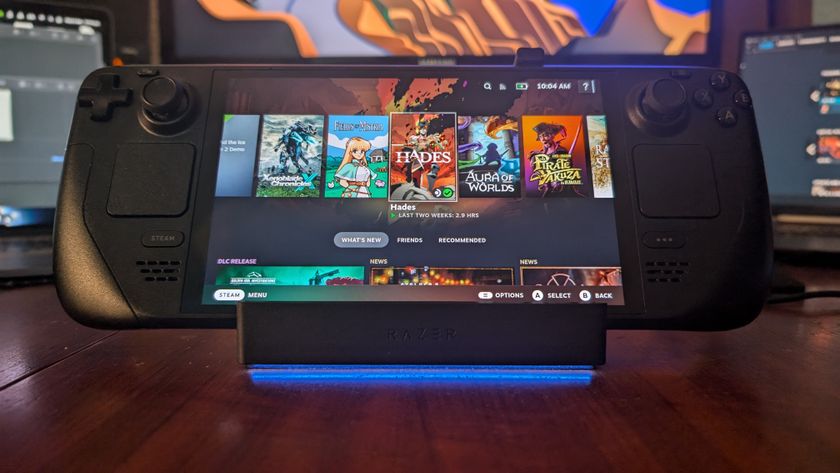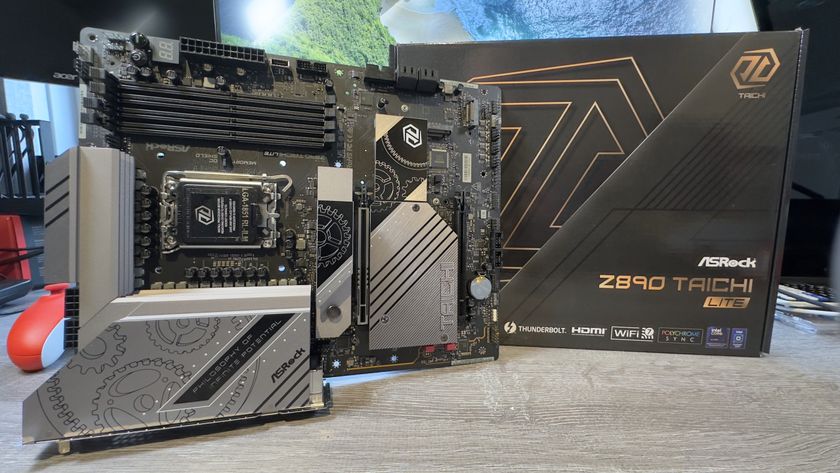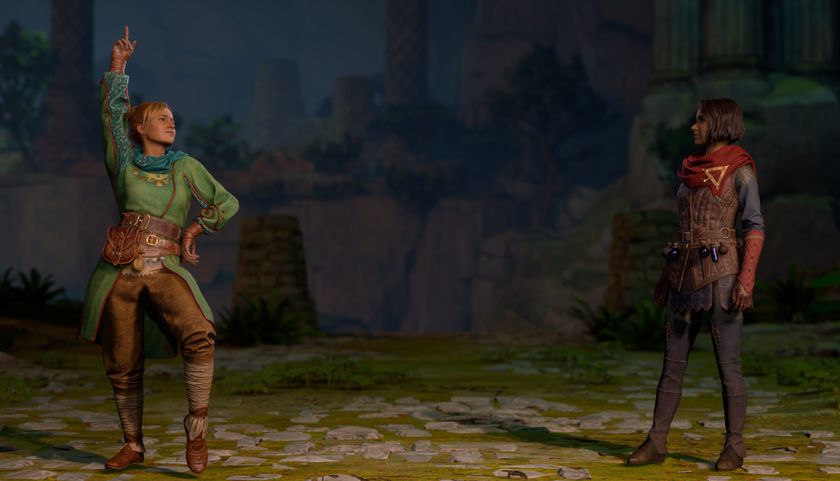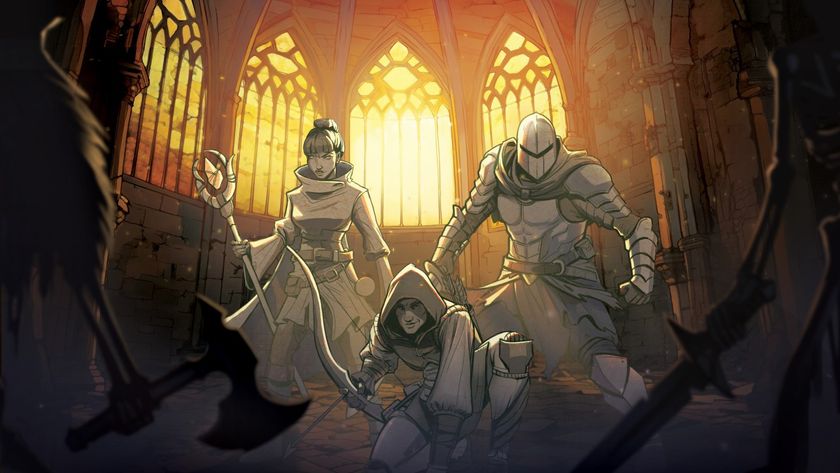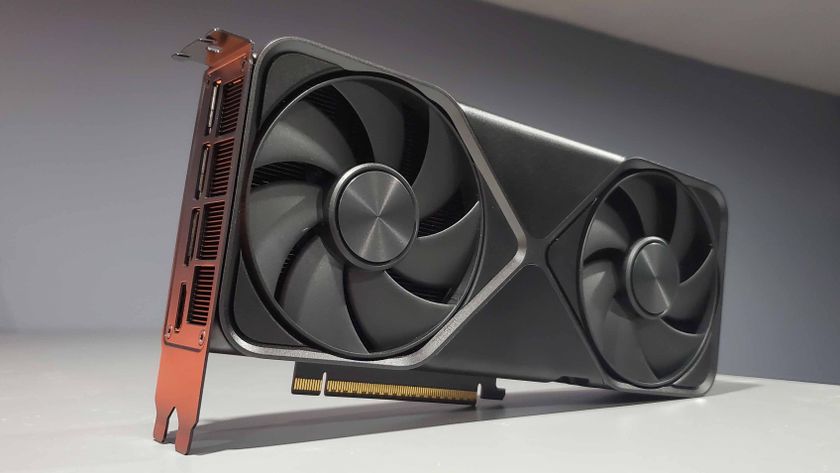Our Verdict
An even more satisfying and tactically interesting shooter, with great missions and excitingly random guns.
PC Gamer's got your back
Borderlands 2 is a first-person shooter that randomly generates the guns you find, varying damage values, clip sizes, accuracy, and even how many bullets they fire at once. It's built like an RPG: you level up by killing things, improve your character's abilities, and find higher-level guns to kill higher-level beasts and bandits on a rocky, backwater planet.
That was already compulsive in Borderlands 1, but here the formula's been tweaked to ridiculously addictive effect. I think I had one or two guns I really liked in Borderlands, and the rest were necessary but uninspiring situational alternatives. In 2, I have a full loadout of weird, powerful and satisfying weapons I love, and an entire 'alternate' set in my backpack that I switch in and out to compare potency.
I've become a gun scientist. Sometimes I fill all four weapon slots with different types of shotgun and throw myself into a nest of Skags – as one does – to take notes.
The Jakobs has the numbers – 24 pellets at 600 damage each – but it's an ammo hog, and the Hyperion's bigger clip makes it better against mobs. But it's hard to bench the Tediore, because when it's out of shells, you can throw it at someone and it explodes and a new one teleports into your hands. And goddamn it, I've run out of Skags.
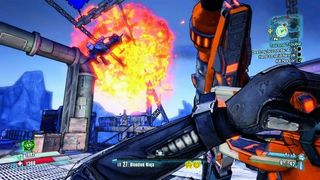
This is the game, and it makes Borderlands persistently fresh in a way other shooters never are. So it's weird that they kick it off with a painfully slow introductory segment that strips the game of everything that makes it good. It's ages before the first randomised gun even drops, and for ages after that, it's all useless inaccurate trash. And although the quests later become a highlight, in the first hour they're a maddening drag. You spend most of your time trying to figure out why your robot guide Claptrap has stopped following you, and backtracking to unstick his sloppy scripting.
It matters more than most shitty intros, because you'll probably go through it more than once. Even if you stick to one class, you can start the game again after you complete it, taking your levelled character into a mode with new high-level enemies and loot. And if you don't, of course, there are three more classes to try.
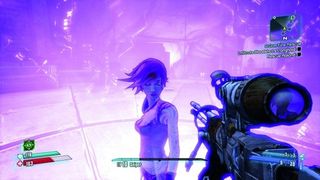
The Commando can throw down a turret, a play style that needs some planning: you can execute satisfying pincer movements, but it doesn't help you escape if you screw up.
The new Siren can temporarily suspend a single enemy in the air, and her skill recharges rapidly enough to be used in every fight. It's spectacularly cool to leap into the air to get a perfect shotgun critical on your hovering victim.
The Gunzerker can enter a rage that lets him use two guns at once, regenerating health and ammo as he goes. It's fun, but the perks he can unlock as he levels up are less interesting: mostly percentage increases to this or that.
The Assassin can cloak, leaving a hologram of himself to keep enemies focused on his former location. I stuck with him for my main character, upgrading to give myself lots of buffs shortly after every kill. The ultimate skill in that tree let me maintain stealth if my melee attack killed someone in one hit. I could prey on groups by taking out the weakest first, invisibly eliminating each until only the toughest was left.
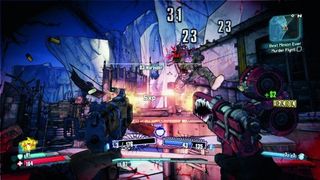
More than in the first game, those abilities fit together nicely in co-op: the Gunzerker can be more reckless with friends around to revive him, the Assassin benefits hugely from distracted enemies, and it's a relief for everyone when the toughest enemy in a fight is suddenly plucked into the air by the Siren.
The interface for joining a co-op game is much nicer this time, and it's better at handling how quests are shared. But we still couldn't connect to each other without some port-forwarding faffery, and we still had to argue among ourselves about who got what loot.
More than the class abilities, it's the enemy design that keeps the combat fresh. The Goliath might be my favourite. Facing two of them in a bandit camp, I shot one in the head. At first he just seemed surprised. Then he got angry – angry enough to turn on his friends. He turned to the other Goliath and screamed: “Ever been strangled with your own intestines?” then projectile vomited a stream of caustic acid into his face.
His victim was baffled. “Why are you so mean? ” he said, dripping in acidic sick, before fighting back.
This is already sterling entertainment. But there's a twist: if the Goliath kills his friend, he levels up, getting stronger still with every kill. If you just want a distraction while you slip by, that's perfect. If you actually need to kill him, you have to be strategic about how much damage you let him do first.
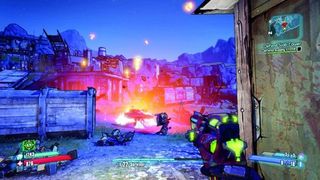
Then there are the robots. I was dubious about how much fun it'd be to shoot metal instead of flesh, which now that I write it down doesn't make me sound like a particularly great person. But I needn't have worried. You can't headshot robots, but their joints are weakspots. If you're taking a lot of damage from a particular droid's weapon, you can aim and blow that arm off.
Flying repair droids try to fix the others in the field. Jet Loaders transform from humanoids into fighter jets, and bombard you with missiles. Bull Loaders can drop their shield to the ground and ram you like a bulldozer. And Constructors churn out a slow but endless stream of new bots until they're killed.
Best of all, the robots, the bandits and all of the world's gargantuan wildlife hate each other. Luring a giant stealth bat into a battle with a squadron of killbots is exactly what I want to be doing with my life.

The robots belong to Hyperion, whose CEO Handsome Jack is the main quest's verbose antagonist. The dialogue in that is mostly funny, but sometimes clangingly misjudged: every time it tries to properly demonise Jack or glamorise your friends, it resorts to being needlessly cruel or gratingly smug.
The sidequests are a different story. Because they're not about saving the world, they have room to have fun with the whims of the characters, who are always the strong point in Borderlands.
I set up a tea party for a 13-year-old girl. I took photos to inspire a garage mechanic's terrible poetry. I had a mission objective to endure a boring party. I had a three-way shootout with two other bounty hunters looking for the same long lost gun stash. I helped a malfunctioning robot delude himself into believing he was human. I tried to solve a murder, and shot the wrong guy. I was chased by Skag-riding cops five levels too high for me as I hunted for a cursed gun. And I took an assassination contract to kill myself – and completed it.
The effort and invention that's gone into this stuff is a constant pleasure, and the sheer amount of it is overwhelming. The majority of the game is tied up in these side quests, and it's mind-bogglingly huge. I probably found half of them, and the game took me 30 hours to complete.
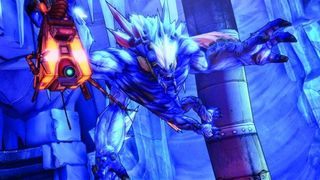
The main quest takes you to some cool places, but it's often marred by disproportionately tough bosses. Dying in a boss fight also undoes all the damage you've dealt, wasting all that time and ammo. I once made the mistake of using the nearby fast-travel station to get to a shop to restock. Turns out you can't travel back to that particular beacon, so I had to do the whole mission again, with all enemies respawned.
Luckily, you can level up by doing side missions first, where these problems generally don't come up.
It's generally well-adapted to the PC: graphics options, an FoV slider, some sensible control tweaks, and most importantly smooth and responsive mouse movement. My only issue is that levels load before the textures are ready, so everything's hideously blurry for a moment.
I've been playing Borderlands 2 all day, every day, for five days – and I'm probably going to play it again when I finish this. It's not the most consistently brilliant game, but I can't think of another singleplayer shooter that's given me more hours of fun. My Assassin's second playthrough is as interesting as starting fresh with a new class, and I plan to do both.
It seems crass to judge a game by quantity, but this is quantity of quality. So if the amount of money you spend on games is a practical concern, it's worth saying that this one is freakishly good value. Even if it's not a concern, it's worth saying that this one is freakishly good.
An even more satisfying and tactically interesting shooter, with great missions and excitingly random guns.
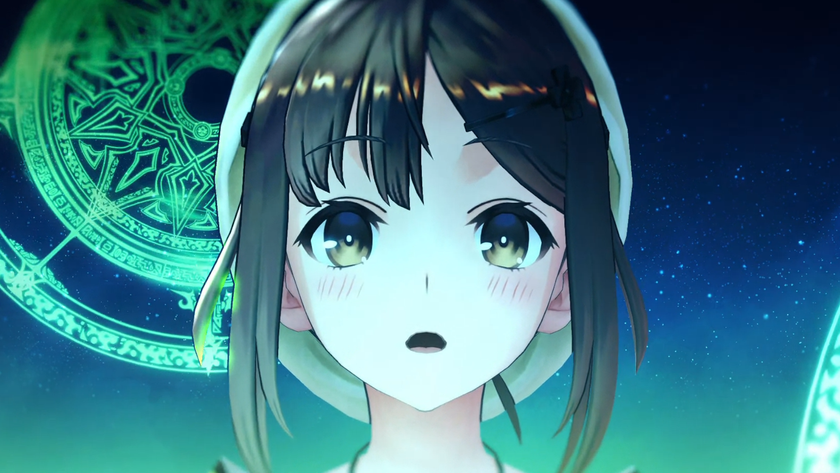
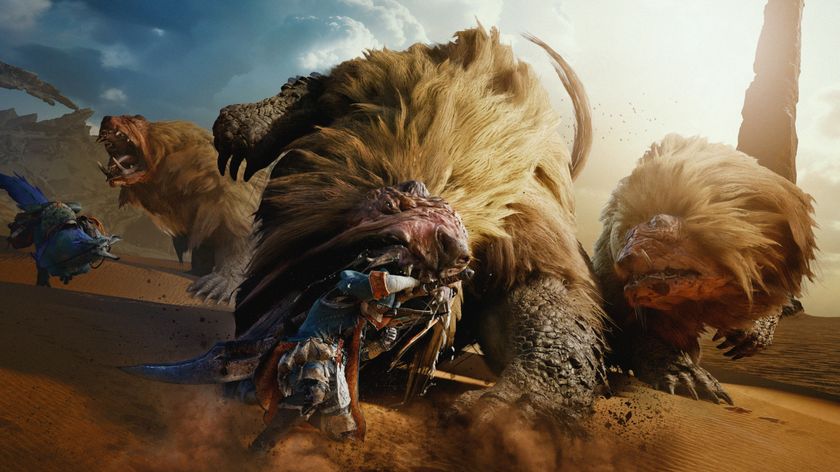
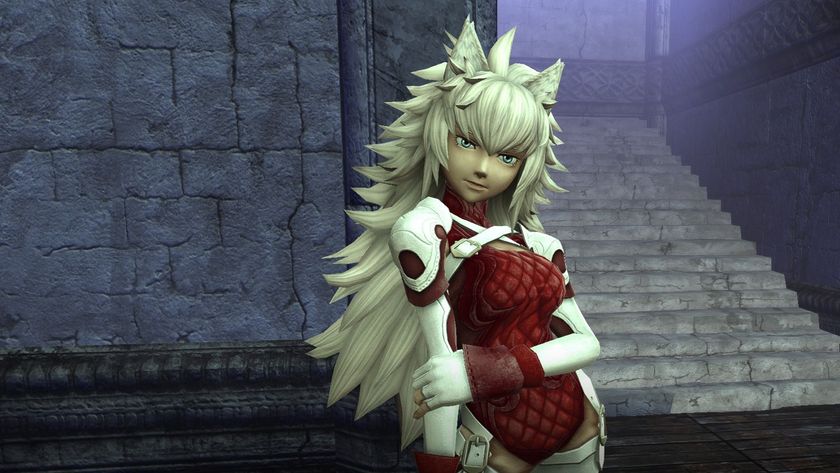
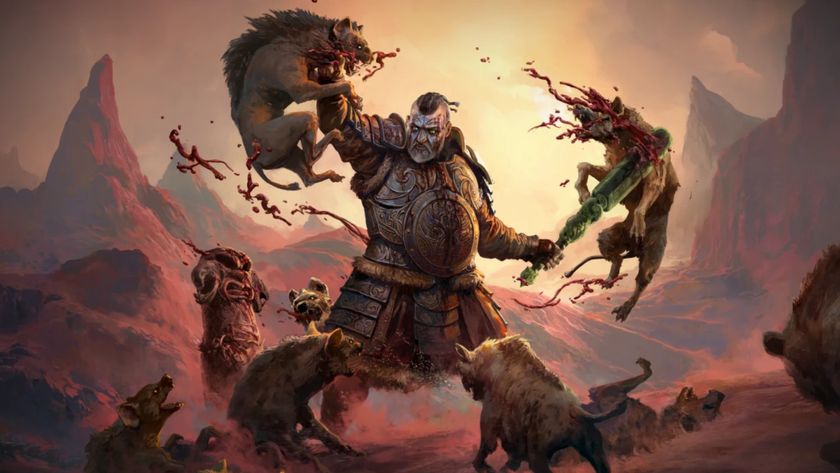
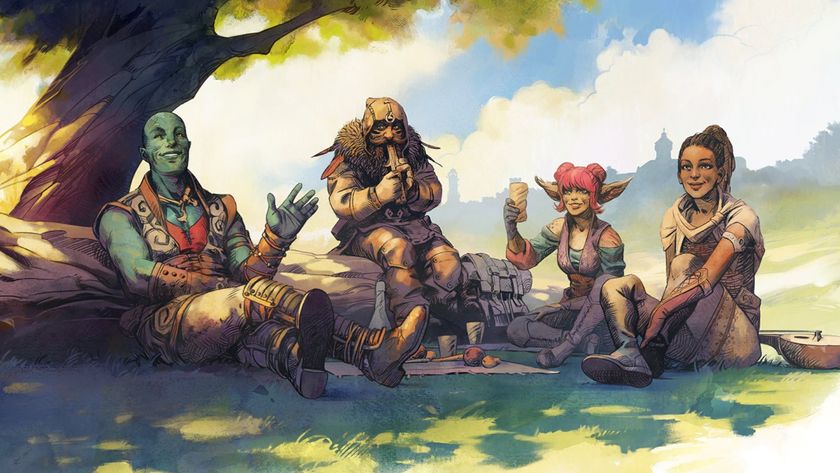
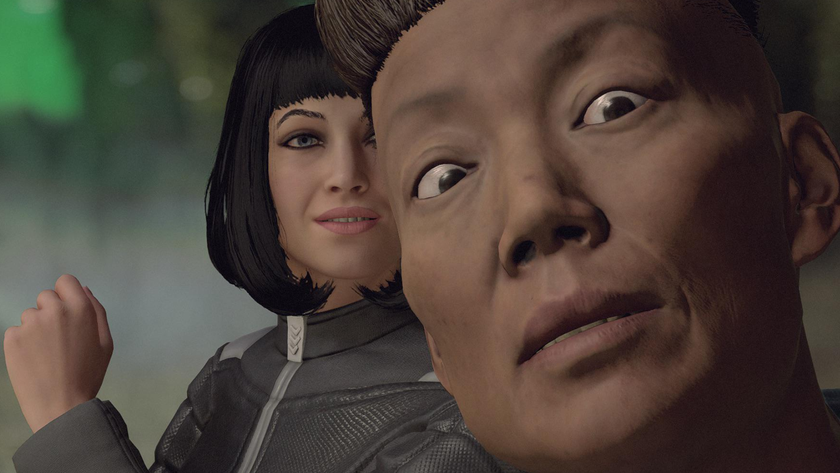
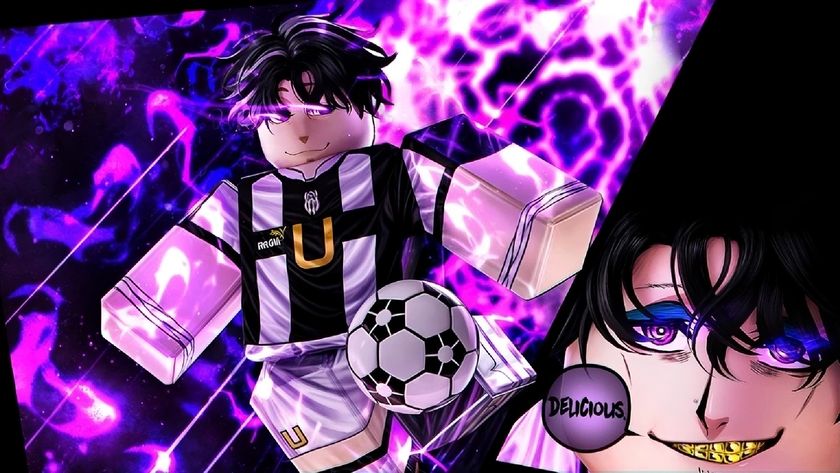
Blue Lock Rivals codes and how to redeem them
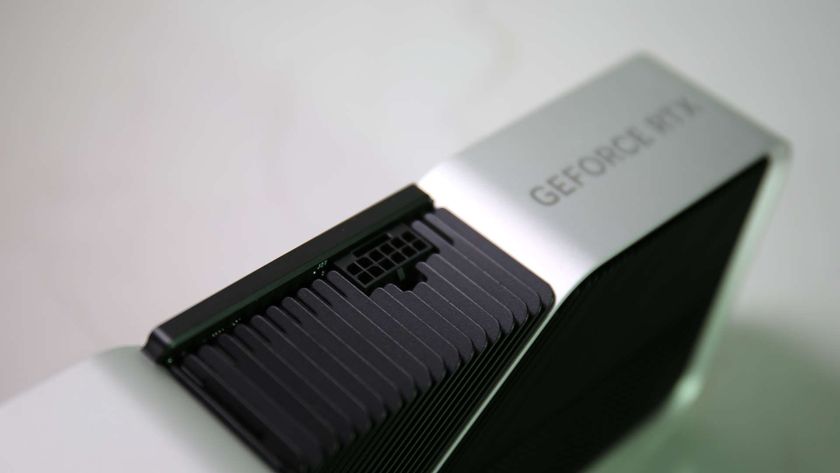
Specs for Nvidia's new RTX 5050, 5060, and 5060 Ti GPUs leak out and that 5060 might actually be half decent. If it's priced right

Asus' new monitors purify 90% of airborne dust from your desktop and I've definitely seen some gnarly gaming setups that would benefit
